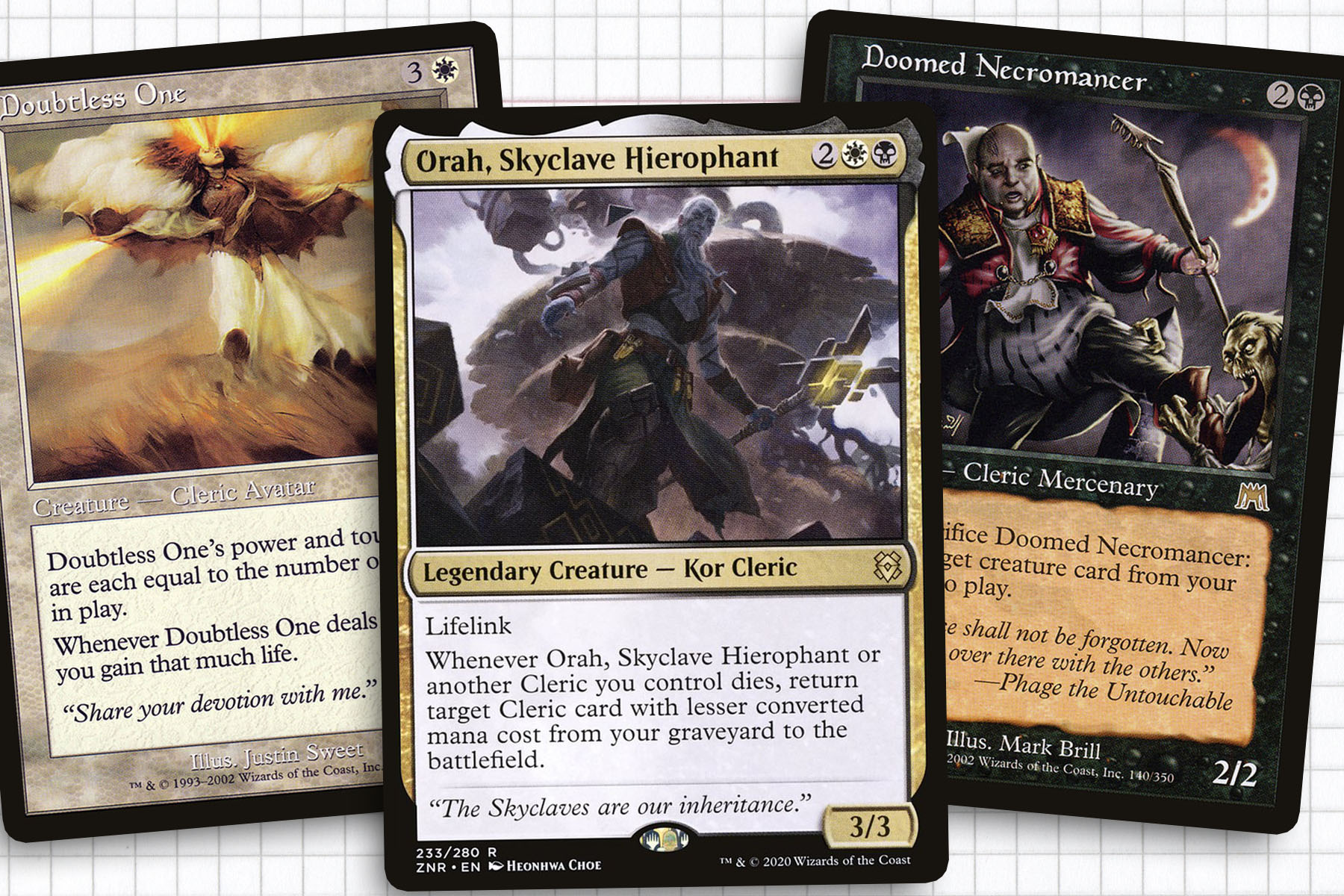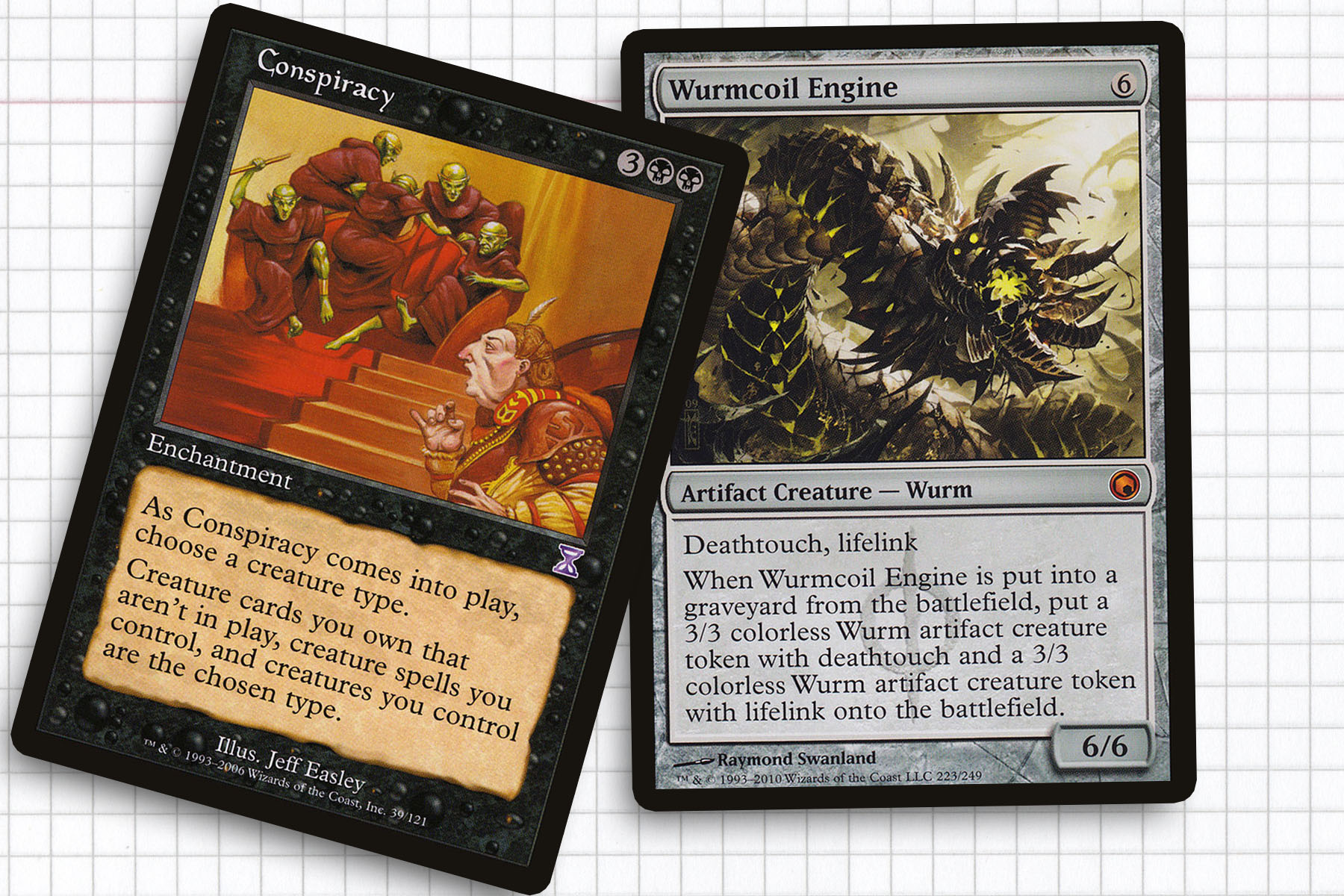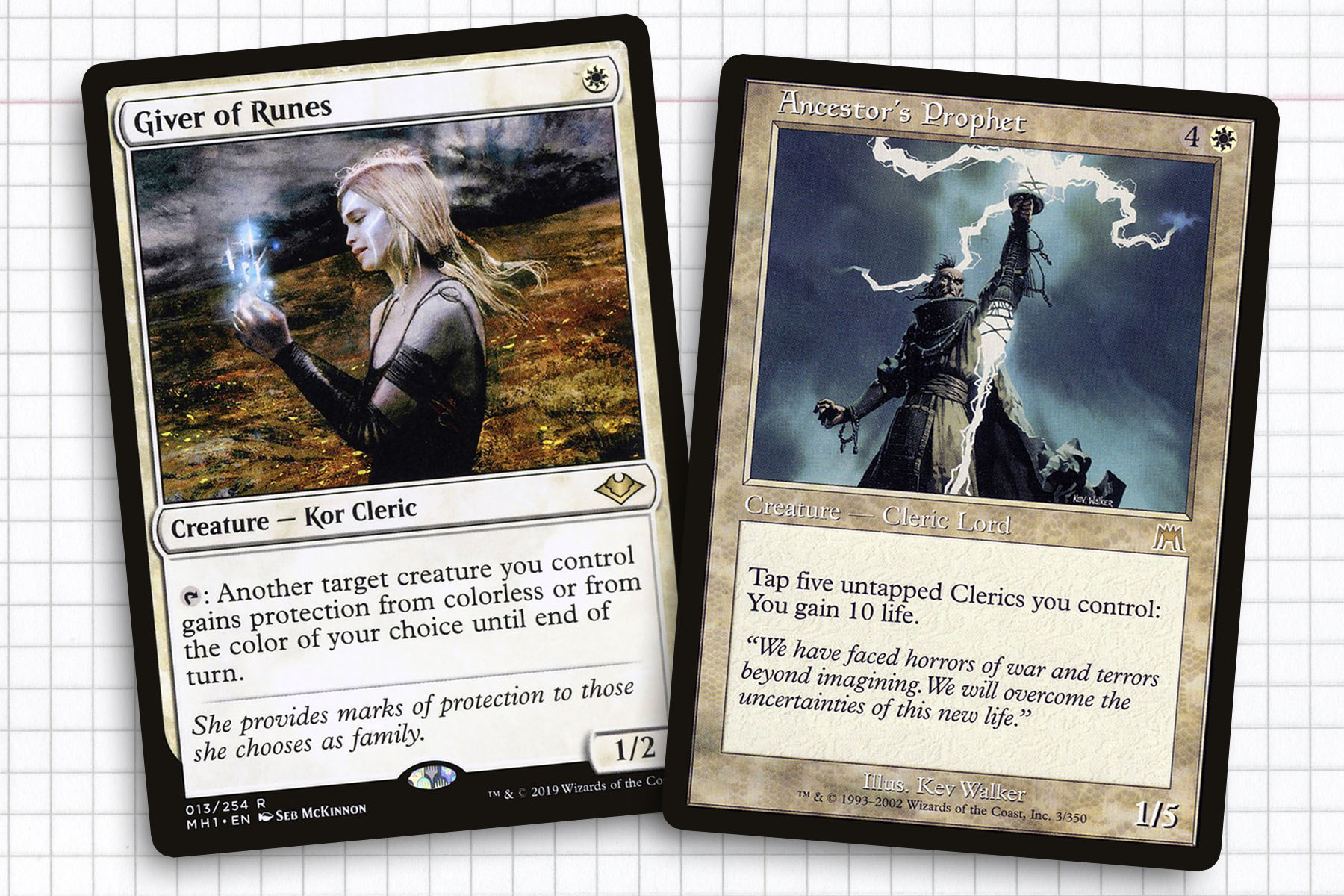This is the third installment of a series meant to recapture some of the themes I wrote about two years ago, spending December and our third visit to Ravnica as inspiration to build a deck around legendary creatures coming from each of the three blocks. An unintended consequence was that as I wrote about Niv-Mizzet, Teysa, and Izoni; I found myself theming each deck around where my life was at the time of each block.
Our return to Zendikar creates the perfect opportunity to repeat the series all over again. An added layer this time around is that I’ve chosen to confine myself to the cards that would have been available at the time the block in question was printed. The first week I didn’t consider a card beyond Rise of the Eldrazi, last week being restricted to the status quo of Oath of the Gatewatch. Of course, this week, the nearly entire history of Magic is fair game.
Magic in 2020, especially as a parent, is a completely different beast than any other point in my Magic career. The year stretched on at times with a similar sense of existential dread to the unknowable Eldrazi. Yet, in the darkness, there is this sense of wonder I feel experiencing my past through my children’s eyes. Building blanket forts, solving Blue’s Clues, and marveling at how ceiling fans work. And that feeling of revisiting the past reemerged as I became acquainted with our most recent visit to Zenidkar as well.
As a plane, Zendikar holds a special place in my heart. While I was there the first time we ventured to every plane Magic has visited starting with Mirrodin, Zendikar felt like the first plane where its environment and denizens resonated with me. That said, I feel very unfamiliar with most of Zendikar Rising. Less because I think the set is bad and more so because it came at the tail end of a very packed year of Magic products. You can imagine my surprise when I looked through the legendary creatures of the set and found this hidden gem of a commander that brought together two pieces of nostalgia from my early Magic career: cleric tribal and Kamigawa. Let’s look at the deck and then I can explain.
General: Orah, Skyclave Hierophant
Creatures: Adaptive Automaton, Akroma’s Devoted, Alms Collector, Ancestor’s Prophet, Athreos, God of Passage, Ayli, Eternal Pilgrim, Battletide Alchemist, Bishop of Rebirth, Bygone Bishop, Cabal Archon, Daunting Defender, Disciple of Griselbrand, Doomed Necromancer, Doubtless One, Drana’s Emissary, Edgewalker, Giver of Runes, Glowrider, Graveshifter, Liliana, Heretical Healer, Luminous Broodmoth, Mother of Runes, Noble Templar, Pontiff of Blight, Ravos, Soultender, Rotlung Reanimator, Shaman en-Kor, Sidisi, Undead Vizier, Soltari Visionary, Tireless Tribe, Twilight Prophet, Valiant Changeling, Vile Deacon, Whisper, Blood Liturgist, Wurmcoil Engine
Artifacts: Ashnod’s Altar, Mimic Vat, Nim Deathmantle, Obelisk of Urd, Orzhov Signet, Sol Ring, Sword of the Animist, Well of Lost Dreams
Enchantments: Blind Obedience, Conspiracy, Dictate of Erebos, Palace Siege, Peace of Mind, Proper Burial, Tortured Existence, Vampiric Rites
Instants: Despark, Dire Tactics, Worthy Cause
Sorceries: Aphetto Dredging, Debt to the Deathless, Dimir Machinations, Profane Prayers, Unburial Rites, Vindicate
Planeswalkers: Sorin, Vengeful Bloodlord
Lands: 10 Plains, 7 Swamp, Blighted Steppe, Bojuka Bog, Caves of Koilos, Command Tower, Evolving Wilds, Ghost Quarter, Godless Shrine, Mystifying Maze, Orzhov Basilica, Radiant Fountain, Rupture Spire, Salt Flats, Scoured Barrens, Shambling Vent, Starlit Sanctum, Tainted Field, Tectonic Edge, Temple of the False God, Terramorphic Expanse, Transguild Promenade, Vault of the Archangel

What Old is New
Clerics are one of those tribes that have seen support in tribal blocks such as Onslaught or Lorwyn, but have never gotten a competitive push. And for the most part I can understand that, by design, clerics lend themselves towards control strategies and that’s not something most tribal decks tend to be known for. But that wasn’t something I was concerned with when I first experienced them in Onslaught. Likely due to how White and Black felt diametrically opposed, clerics became one of favorite tribes and Doubtless One was easily my favorite creature within the tribe. We’ve come a long way from the days when I was packing four Battlefield Medic, Doomed Necromancer, and a Master Apothecary in my lunch table deck; but at the same time, I never lost my passion for the underdog tribe.
Orah, Skyclave Hierophant brings something new to the table for the tribe and it harkens back to a mechanic I knew far too well before: soulshift. Back in the before times, when creatures were overcosted and Umezawa’s Jitte was available in a preconstructed theme deck, soulshift was one of the major mechanics of Kamigawa block. The mechanic allowed a player to return a (typically) less expensive Spirit card from their graveyard to their hand. In my first pass of Orah, I misread the card to do exactly what Soulshift did, grafting an ability used mostly on overcosted creatures onto an entire tribe. But Orah upgrades the ability, allowing the creatures to go directly to the battlefield. This jumping off point had me very excited, and I quickly realized it fit my gameplay preferences effortlessly.

Immediate Success, Continued Lessons
I freely admit, I’ve always found the notion that a deck builder can plant accidental combos in their deck a little unlikely. Yet when I was playtesting the deck, I exploited Sidisi, Undead Vizier to get Conspiracy. On the following turn I sacrificed Wurmcoil Engine to Ashnod’s Altar and started this strange, unintended chain of sacrifice triggers leading to a Debt to the Deathless for 17. With that, I became smitten with this deck. What started out as just a port of Ayli, Eternal Pilgrim became my favorite deck built all year. The basic idea stayed true, the path to victory still rests mostly in using drain effects to defeat the table. The innovation is that we now have more staying power, as our creatures are harder to keep down.
It seemed so simple, but the slight tweak that this general provides by rewarding sacrifices with reanimation made me sit up and take notice. Even the cleric stipulation has been a plus for me, allowing an underplayed tribe to have something special all to themselves. Doomed Necromancer and Bishop of Rebirth had already been in the deck, but I enjoyed reanimation so much, I searched out Luminous Broodmoth and Ravos, Soultender as back up effects for my general.
Of course, after a dozen games piloting the deck, I began to notice some consistency missing from the deck that often caused my game plans to plateau. Only stocking Vampiric Rites, I eventually realized that without stronger discard outlets, the deck would stall out if met with any resistance. After a call out to Twitter, I added Peace of Mind, Tireless Tribe, and Tortured Existence to help set up strong reanimation chains.
This led to the last lesson learned while tuning this deck—Orah’s ability can target a Cleric card that was put into the graveyard at the same time as the Cleric whose death caused the ability to trigger. For example, if Daunting Defender and Graveshifter are sacrificed to Whisper, Blood Liturgist, the Daunting Defender can target Graveshifter. These tiny discoveries and innovations had made the deck feel alive to me and even though it’s only been three months since the card was printed, I feel like I was sleeping on it all this time.

Reflecting on the Past
Having my faith in Clerics renewed has been a very enjoyable experience. Going back to a simpler time and reveling in something that excited me when I was younger honestly feels like an unintentional perfect ending to this series. This chance to mix two familiar things into something powerful has been a very good way to end this year. Looking back at each time we’ve visited Zendikar and how this visit came during one of the most defining years of my life gives me a sense of hope. Hope that, much like Zendikar, the dark days may soon be behind us and we can return to venturing into the world, along with our party of friends.
While I was building this deck, my three year-old was following me around the house as I flipped through long boxes of old cards and he marveled at the art on my “matching cards.” That sense of wonder brought me back to the first time I saw Llanowar Elite before picking the game up and Elvish Visionary just before I returned from a brief hiatus, both recontextualizing what I expected a trading card game to look like. If there is anything my children have taught me over the last year, it’s the value in not giving into cynicism and doubt, but embracing a sense of wonder.
Ryan Sainio is a Graphic Designer who writes about EDH and the EDH community. He has been playing Magic: the Gathering since 7th Edition in 2002 and values flavorful and fun gameplay over competitively optimized decks.

